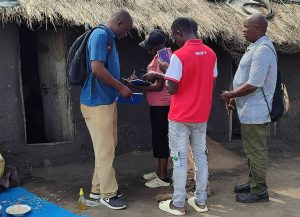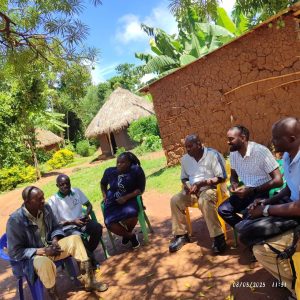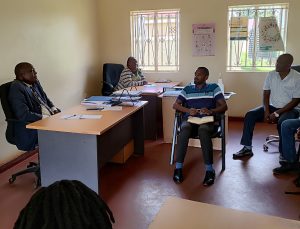In the quiet villages of Namayingo District; Buyondo, Maruba, Bumeru A, and Bumeru B communities, something quietly remarkable is happening. Despite a pause in data collection due to funding delays, over 95% of enrolled study participants are ready and waiting for their follow-up procedures and recruitment of adult participants for research on how bilharzia makes them sick. One would wonder why this is so? The answer to this is simply because trust has already been built.
When the Uganda Schistosomiasis Multidisciplinary Research Centre (U-SMRC) returned to Namayingo in May 2025 for site preparation and participant mobilization for the final data collection visit, the expectation was simple: reconnect, set up, and move forward. However, what the team encountered was something deeper.
From village chairpersons who welcomed the study team back, to Village Health Teams (VHTs) who helped trace absent participants, the community’s readiness was unwavering. Even when one of the most active VHT in Bumeru B had sadly passed away, the community ensured a quick handover to a replacement, keeping the study on track. Guardians expressed willingness to support one last visit for their children, and even those who had migrated said they would return, if only transport could be facilitated.

Household visits to confirm participant availability in the communities
What stood out was not just the numbers, though they were impressive. Out of 220 participants, 209 were fully available, and most of the rest were reachable. What truly mattered was the attitude.
“People asked when we were starting again,” said Christopher Zziwa, Acting Study Coordinator. “There’s a sense that this research belongs to them too.”
In a region long burdened by Neglected Tropical Diseases (NTDs), including schistosomiasis, the community knows the value of research. U-SMRC’s earlier engagement with leaders and the use of local language in mobilization efforts fostered not only understanding but owner-ship.


Meeting with Namayingo District Leadership
This is not just a story about scientific preparedness or community engagement; it’s a story of loyalty in the face of uncertainty. In Namayingo, science has a home. Moreover, the people? They are still here, ready to continue the journey.









